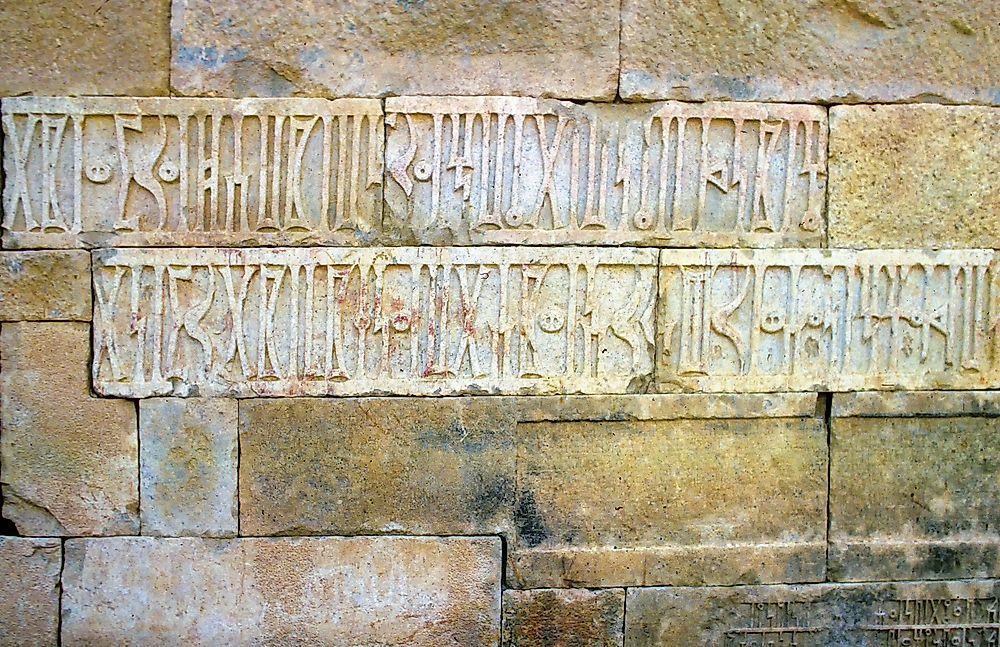Who Were the Sabaeans?

The Sabaens are an ancient tribe that existed in the southern Arabian Peninsula between 1200 and 800 BCE. The Sabaens spoke a Sabaic language, which was an old South Arabian language.
Biblical Accounts of the Sabaens
They carried out trade as stated in the book of Jeremiah and that of Ezekiel in the Bible. They are said to have traded perfumes, precious stones, and even gold. According to the Bible, the Sabaens are believed to be originating from a nation far away from Israel. Job describes them as a rival nation of Israel (Job 1:15) while Isaiah describes them as a people of great physique (Isaiah 45:14). The Sabaens are believed to be Muslims; this is according to Muhammad Shukri al-Alusi who compares the Islam religion to that of the Sabaens. In his writings, Muhammad compares the two beliefs and they resemble in most of the practices. For example, they both did not marry both a mother and her daughter, and they both washed their bodies after sexual relations as a sign of cleansing. The difference in religion with the Israelites made the two nations be great rivals.
History of the Sabaens
The Sabaens were Semites who entered Southern Arabia from the north bringing with them their Semitic culture and imposed it on the current population. Since Sheba was rich with agricultural products and spices, the Sabaens carried out their trade by caravans and by sea leading to its massive growth from the eighteenth century onwards. They controlled Bab el-Mandeb, making them establish so many colonies along the Red Sea and thus lead to the expansion of the Sheba kingdom.
The Sabaens lived in the land of Sheba as a monarchy state and were ruled by a king. They have had various kings since the establishment of the Sheba kingdom with the first king being Karab El Bayin who ruled between 700 to 800 BCE. Sheba kingdom was initially known as Saba and has severally been mentioned in the Bible, mostly in the story of Solomon and that of the Queen of Sheba. Various writers have also cited it, for example, the Assyrians, Greeks and, Romans in the 8th century. The capital city of Sheba was then known as Ma'rib, which lies about 120 kilometers to the east of the current Sana in Yemen while the second largest city was Sirwah.
End of an Era
The Sabaens were well-built people as even described in the Bible by Isaiah, and their kingdom was well established until the reign of King El Sharih Yadhib in 60-20 BCE. The empire fell due to constant civil wars from several Yemenite dynasties that were fighting to claim kingship. Sheba was seized during the first century by the Himyarites but resurfaced after the collapse of the Himyarite monarchy of the rulers of Sheba. The kingdom, however, did not last as it was yet conquered in the third century by the same empire that had defeated them two centuries before, the Himyarites. They will be remembered for their inscriptions in various monuments with the Musnad alphabet being the famous of them all.











